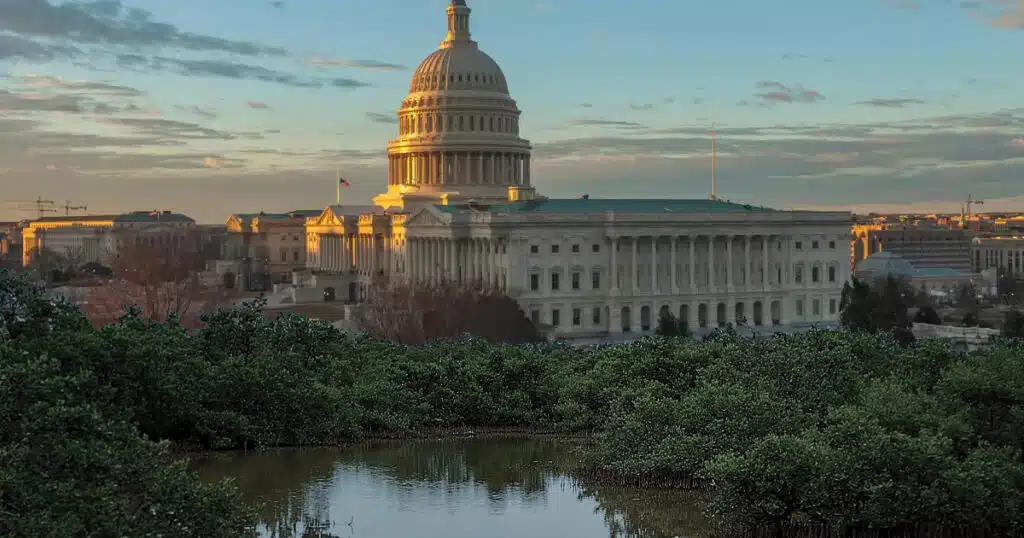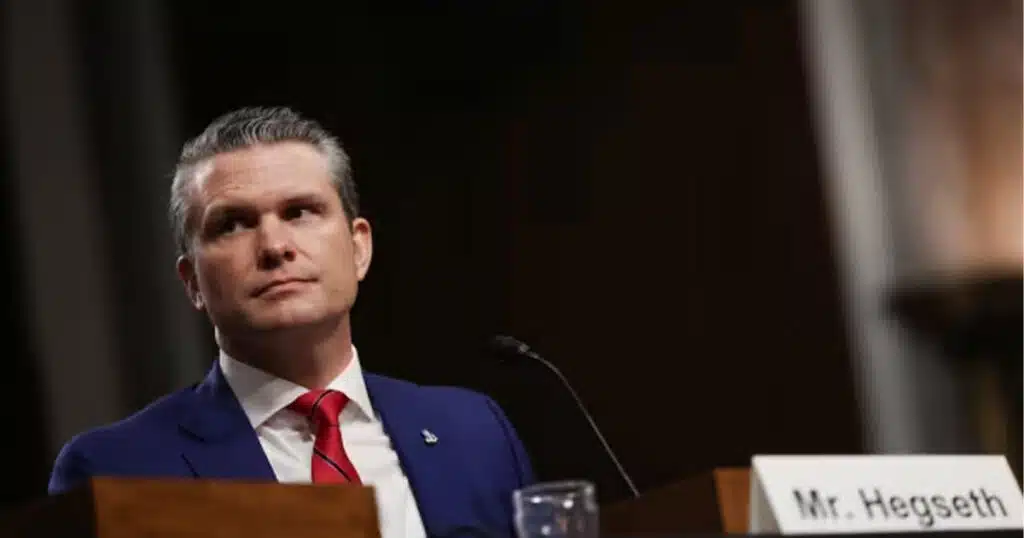
Diagnosis Disconnect: Medical Associations Don’t Speak for All Doctors
Do American medical organizations reflect the views of doctors? In recent years, the answer has been a resounding “no.” Families and lawmakers often trusted these prestigious groups, like the American Medical Association, to represent the views of the medical community and the best medical evidence. Now these organizations are pushing politicized viewpoints, while doctors themselves have been intimidated into silence or indifference.
Nowhere is the disconnect between practicing physicians and the institutions that purport to represent them more apparent than in the debate over transgender treatments for minors. Within organized medicine, open dialogue has been stifled. Instead, unquestioned adherence to “expert” consensus has replaced genuine engagement with frontline clinical values. Despite growing concerns among practicing clinicians regarding so-called “gender-affirming care,” leadership within these associations have either been co-opted or refuse to confront the small number of ideologues who dominate and distort the conversation.
The American Medical Association (AMA) is a case in point. Its policy states that “medical and surgical treatments for gender dysphoria and gender incongruence […] are medically necessary,” making no distinction between adults and minors. Similarly, the Endocrine Society’s Clinical Practice Guideline from 2017 includes recommendations supporting pediatric medical transition. And the American Academy of Pediatrics (AAP) and the American Psychiatric Association (APA) both issued a Policy Statement or Position Statement offering their approval in 2018 and 2020, respectively.
These groups don’t speak for the medical community – not by a long shot. The AMA represents a pitifully small percentage of the medical workforce, accounting for barely 20% of physicians, residents, and medical students. Take away residents and students and the AMA accounts for only 12.5% of physicians.
Practicing clinicians, on the other hand, tend to retain their membership in specialty societies, like pediatrics and psychiatry, for the practical benefits: continuing medical education credits, access to journals, and conferences that help meet licensure and board certification requirements. They don’t have the luxury of time or resources to articulate any alternate opinions; their membership is a reflection of their pragmatism, not allegiance to organizational positions.
And it shows. The governing bodies for these various medical associations are largely self-selected groups of mostly academic physicians and others with a passion for social advocacy that extends beyond the purview of medicine. Instead of approaching so-called “gender-affirming care” for minors with impartial scrutiny, they’ve embraced its promotion.
Little room remains for the non-academic, primarily clinical physician. Low turnout in medical society elections emphasizes how disengaged these members are from their organizations’ leadership and policies, which only further allows the academic elite to dominate with their opinions. For the AAP’s 2024 election, which included the election of its president-elect, only “10.4% of eligible members voted.” That percentage is almost identical to the APA’s 2025 election where only 10.7% of members voted. Based on first-choice votes, 96% of APA members did not vote for their organization’s president-elect.
The AMA, the best financed body in organized medicine, holds the most recognizable example of dominance by an elite and narrow class of physicians. No more than 0.26% of AMA members actually elect the future president of America’s leading medical society. The AMA’s House of Delegates, a body with less than 700 voting delegates, “elects officers and council members at each Annual Meeting.” Thus, more than 99.7% of AMA members – let alone physicians throughout the United States – don’t have a vote in choosing their leader.
Ironically, one of the AMA’s journals, JAMA Health Forum, published an Original Investigation prior to the 2024 U.S. presidential election, pointing to the “unique impact that medical professionals may have on voter registration and turnout in the 2024 US elections.” Perhaps the AMA should first expand voting access within itself.
Many leaders of these prominent institutions owe their positions to a small, entrenched group that exerts outsized influence over the direction of the profession. Rather than challenging this concentrated power, they acquiesce, issuing policy declarations and politically-tinged opinion pieces that claim to speak for the whole profession – even beyond their membership ranks. Their submission to institutional capture stems not from thoughtful restraint, but from fear-driven complicity and perhaps their own professional aspirations.
Medical organizations must be held to account – and reformed from within. Physicians need to reclaim their voices in organized medicine. At a minimum, members of these groups need to demand that nominating committees be reformed to prioritize an ideologically diverse range of candidates. The disconnect between institutional governance and physicians must end, replaced by leaders who champion the values, experience, and insight of those working at the forefront of patient care.
Until that happens, Americans will find it hard to trust major medical organizations – because those groups don’t speak for the doctors who know the truth and put patients first.
This article was originally published by RealClearPolitics and made available via RealClearWire.



